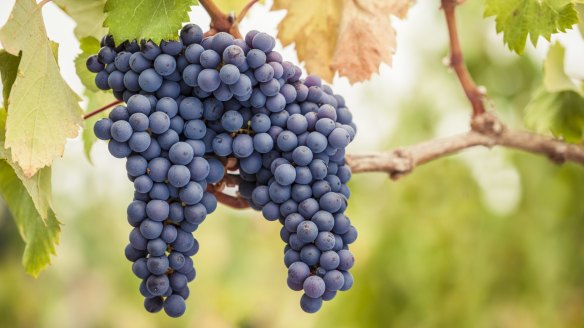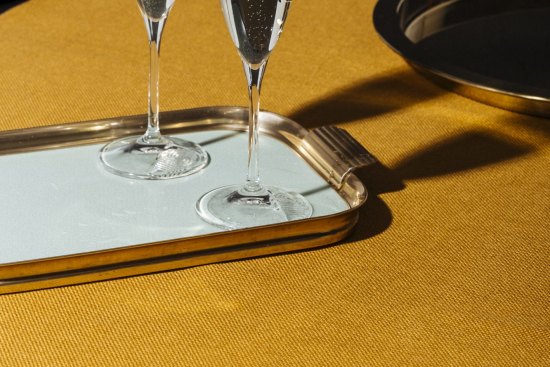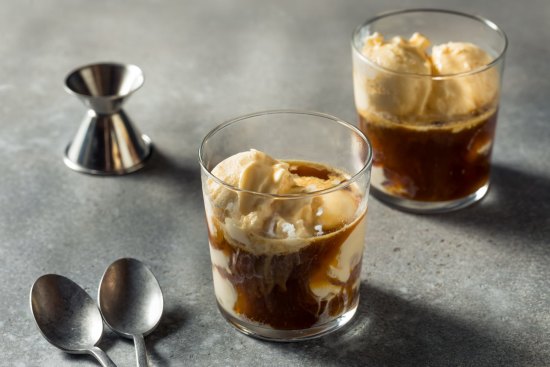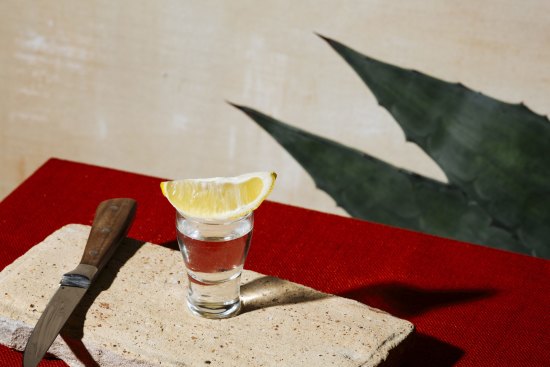Grape variety clones: Science, not fiction

Spend enough time in cellar doors or with winemakers and you'll hear talk of clones. They're not getting all sci-fi on you. They're actually talking about grape clones, essentially a cutting taken from a particular plant to propagate a new vine.
A clone is not to be confused with a cross or a hybrid. It's a genetically distinct subtype of a grape variety. Switched off already? You're not alone. It can be confusing, particularly when you delve into the names, usually unsexy combinations of letters and numbers.
The famously fussy grape variety pinot noir has more clones than most, each with a distinct personality. Look closely at pinot wine labels and you'll often see them mentioned. Chardonnay has plenty, too.
"I have four types of pinot noir clones in my vineyard and each clone has a slightly different characteristic," says Paul Henschke, of South Australia's Greenhill Wines. "They've been selected to be different. It's like cider producers making cider from lots of different types of apples – bitter, sour and sweet."
As a fellow at the Australian Wine Research Institute and affiliate professor at the University of Adelaide, Henschke spends most of his days explaining how these things work.
"Some winemakers prefer to use as many clones as they can because they bring different nuances to the wine," he says. "One clone might emphasise berry flavours, while another might give a bit more tannin grip on the palate. The use of clones increases diversity of flavour and makes a wine more interesting and less monodimensional."
[Clones] have been selected to be different. It's like cider producers making cider from lots of different types of apples – bitter, sour and sweet.Paul Henschke, Greenhill Wines
Henschke uses different yeasts to further increase flavour complexity. In a nutshell, yeast converts the sugar in grapes into alcohol and carbon dioxide during the fermentation process.
"I use four varieties of yeast in our Running Postman Pinot Noir and five in our Scented Sundew Gruner Veltliner," he says.
While different grapes, say pinot noir and shiraz, taste somewhat similar, after fermentation the flavours are amazingly different. Furthermore, like grape clones, each yeast has a different effect on wine flavour.
"I like to think of the vineyard as the musical score for an orchestra," Henschke says. "If you use your favourite clone or yeast, that's like having a violin … and as great as the violin is, the music tends to be a bit mono-dimensional.
"If you use lots of different yeasts, it's like having a multi-instrumental orchestra. You don't just have the violin, you've got the woodwind, the brass, strings etc. It doesn't make the music [or wine] better necessarily, because solos are great too, but it makes it more complex."
Three to try
Mulline 2021 Portarlington Pinot Noir (from Victoria's Bellarine Peninsula) is made using the popular MV6 clone, grown from cuttings that originated at the Clos Vougeot vineyard in Burgundy. $50, mulline.com
Greenhill Wines 2021 Estate Gruener Veltliner uses three clones of Austria's most widely planted white grape variety and five varieties of yeast. It is a stunning, personality-packed Adelaide Hills wine. $26, greenhillwines.com.au
Heggies Vineyard Reserve Chardonnay 2017 contains Bernard clones 76, 95 and 96, also from Burgundy, France. Stonefruit ahoy! $50, heggiesvineyard.com.au
Continue this series
Top of the drops: Wine, beer and spirit reviews 2022Up next

Prosecco 101: Everything you need to know about Italian sparkling wines
Prosecco has a reputation in Australia as cheap, sweet fizz. Katie Spain heads to the source to find Italian sparkling wines of superior quality.

All about amaro, Italy's bitter liqueur (plus three to try)
Why this bitter Italian should be a guest at your next dinner party.
Previous

Give these three tequila options a shot
Australians are learning to see beyond tequila's good-times reputation and appreciate its finer qualities.
